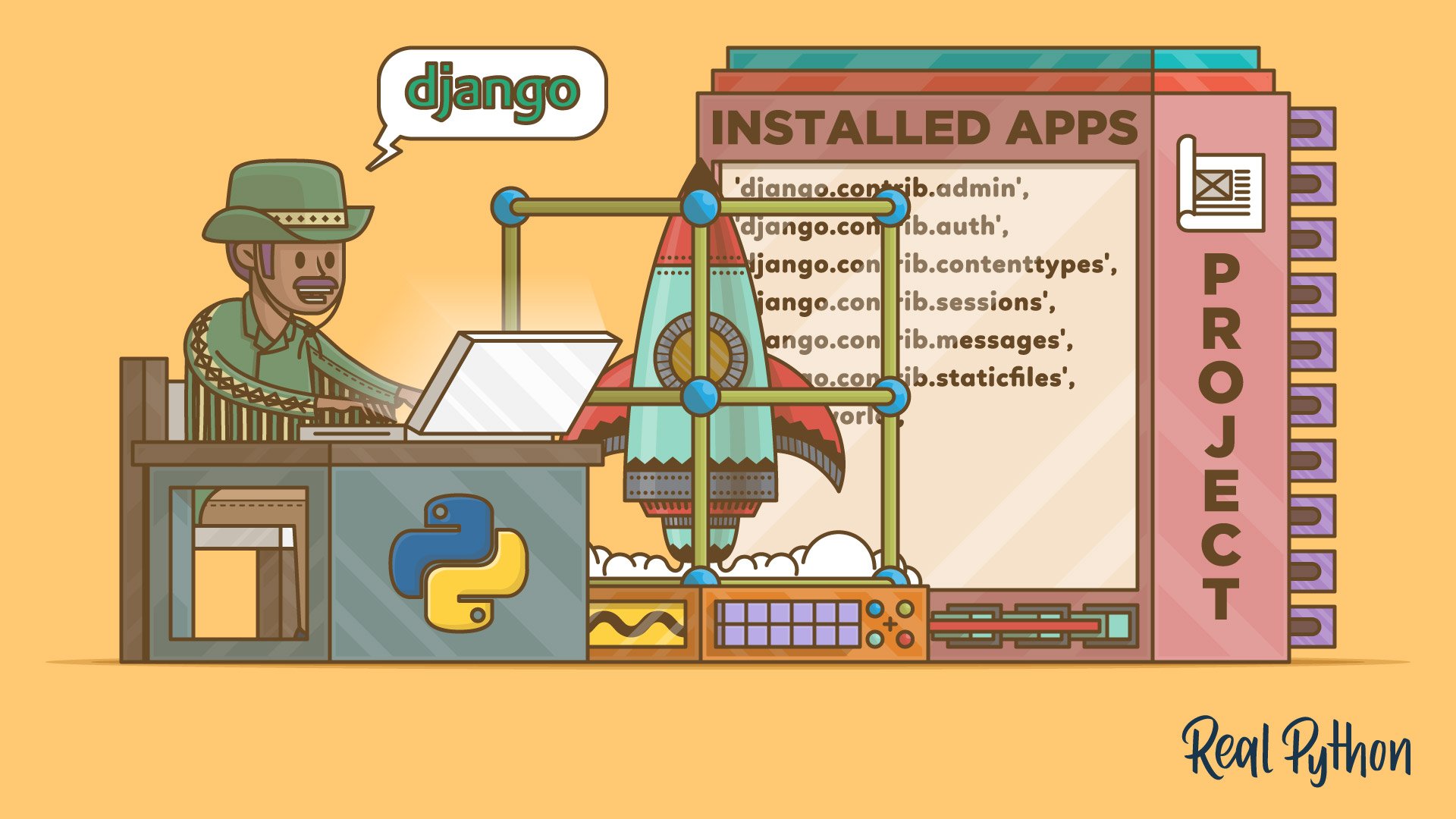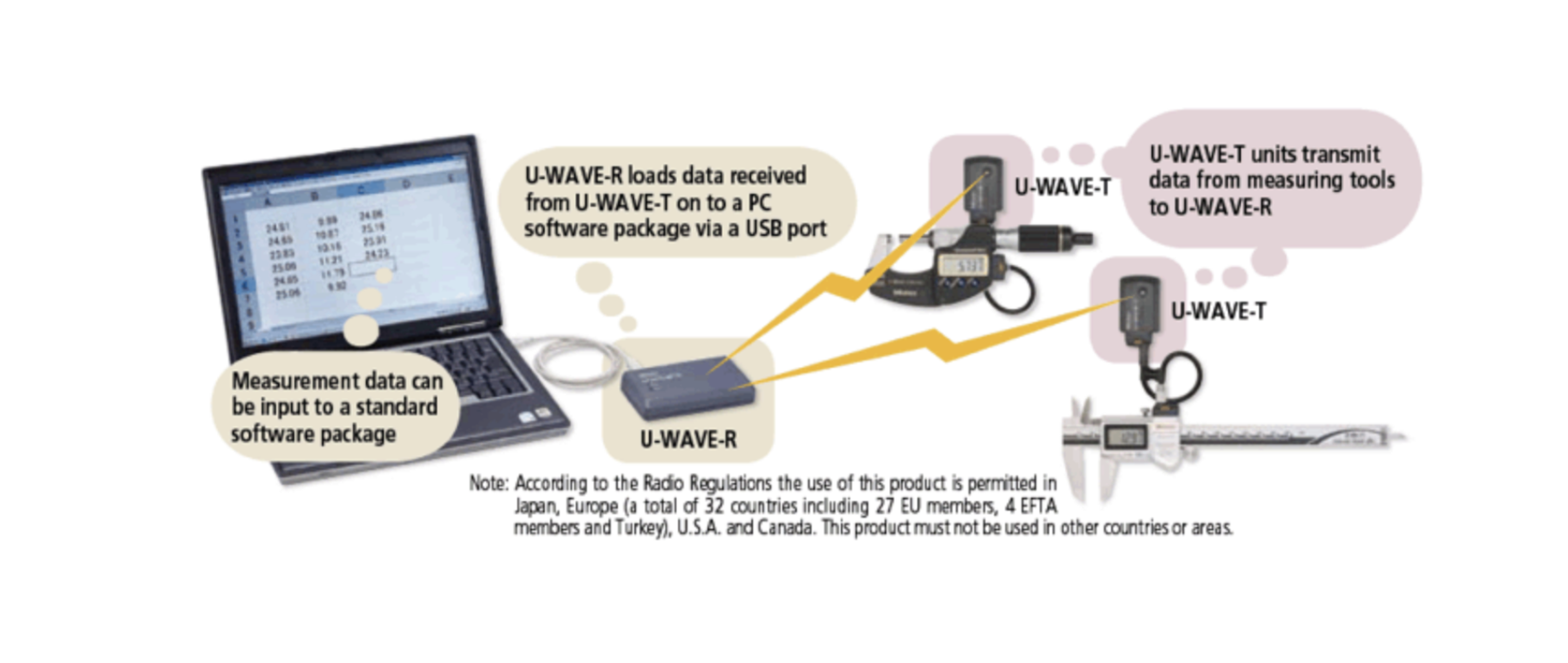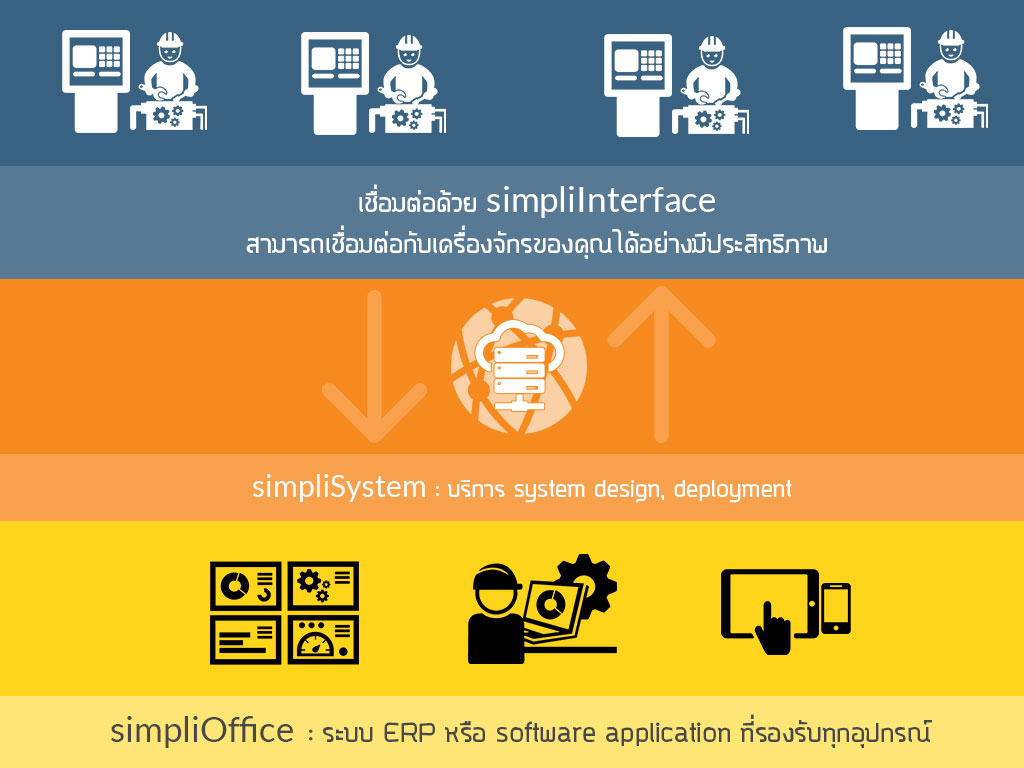Understanding Wazuh by Exploring the Open Source Projects Behind It
Wazuh is a powerful security information and event management (SIEM) platform, but its documentation can often feel complex and overwhelming—especially for newcomers. However, by exploring the open-source technologies that Wazuh is built upon, we can break it down into manageable parts and gain a much clearer understanding of how it all works.
Why Understanding the Stack Matters
Instead of diving directly into Wazuh as a monolithic black box, a better approach is to study the key open-source components that power it. This bottom-up method gives you more control and insight, allowing you to debug, customize, and extend your setup with confidence.
The Core of Wazuh: Open Source Stack Overview
At its core, Wazuh is a modern fork of OSSEC, extended with powerful integrations and built for scalability.
graph TD
A["OSSEC Core (HIDS)"] --> B["Wazuh Manager"]
B --> C["Elasticsearch"]
B --> D["Filebeat / Logstash"]
C --> E["Kibana (Wazuh Plugin)"]
B --> F["OpenSCAP"]
B --> G["YARA"]Breakdown of Key Components
| Layer | Project | Purpose |
|---|---|---|
| HIDS Core | OSSEC | Detect file changes, rootkits, log anomalies |
| Compliance | OpenSCAP | Check against security baselines (CIS, STIG, etc.) |
| Malware Detection | YARA | Pattern-based malware detection engine |
| Log Collection | Filebeat / Logstash | Collect and process logs from agents |
| Indexing & Search | Elasticsearch | Stores and queries event data |
| Visualization | Kibana + Wazuh Plugin | Dashboards and search interface |
Learning Path to Master Wazuh
1. Start with OSSEC
- Learn how agents send data to the manager
- Understand rule-based alerting and decoders
- Explore the original HIDS design
2. Explore OpenSCAP
- Run a scan on your Linux system
- Study how security compliance benchmarks work
- Generate reports using
oscapCLI
3. Learn YARA
- Write custom rules to detect threats
- Scan files and processes
- Integrate YARA rules into Wazuh
4. Try Filebeat or Logstash
- Send system logs to Elasticsearch
- Use processors and filters to enrich data
- Experiment with input/output plugins
5. Understand Elasticsearch
- Learn about indices, mappings, and queries
- Use Kibana Dev Tools to explore stored logs
- Build alerting logic based on indexed data
6. Visualize with Kibana
- Install and configure the Wazuh plugin
- Build custom dashboards for your security alerts
- Learn to use filters, timelines, and visual tools
Why This Matters
By understanding each open-source component, you will:
- Debug problems more effectively
- Customize your environment for specific needs
- Contribute to or extend Wazuh itself
- Build trust in your SIEM infrastructure
Conclusion
Wazuh may seem complex at first, but breaking it down into its open-source roots reveals a modular and understandable system. By mastering each component—OSSEC, OpenSCAP, YARA, Elasticsearch, and more—you become empowered to not only use Wazuh, but to innovate with it.
Get in Touch with us
Related Posts
- Reference Architecture for Provincial / Municipal Digital Systems
- 实用型 GovTech 架构:ERP、GIS、政务服务平台与数据中台
- A Practical GovTech Architecture: ERP, GIS, Citizen Portal, and Data Platform
- 为什么应急响应系统必须采用 Offline First 设计(来自 ATAK 的启示)
- Why Emergency Systems Must Work Offline First (Lessons from ATAK)
- 为什么地方政府的软件项目会失败 —— 如何在编写代码之前避免失败
- Why Government Software Projects Fail — And How to Prevent It Before Writing Code
- AI 热潮之后:接下来会发生什么(以及这对中国企业意味着什么)
- After the AI Hype: What Always Comes Next (And Why It Matters for Business)
- 为什么没有系统集成,回收行业的 AI 项目往往会失败
- Why AI in Recycling Fails Without System Integration
- ISA-95 vs RAMI 4.0:中国制造业应该如何选择(以及为什么两者缺一不可)
- ISA-95 vs RAMI 4.0: Which One Should You Use (And Why Both Matter)
- 为什么低代码正在退潮(以及它正在被什么取代)
- Why Low‑Code Is Falling Out of Trend (and What Replaced It)
- 2025 年失败的产品 —— 真正的原因是什么?
- The Biggest Product Failures of 2025 — And the Real Reason They Failed
- Agentic AI Explained: Manus vs OpenAI vs Google —— 中国企业的实践选择
- Agentic AI Explained: Manus vs OpenAI vs Google — What Enterprises Really Need
- AI驱动的医院信息系统纵向整合(Vertical Integration)














